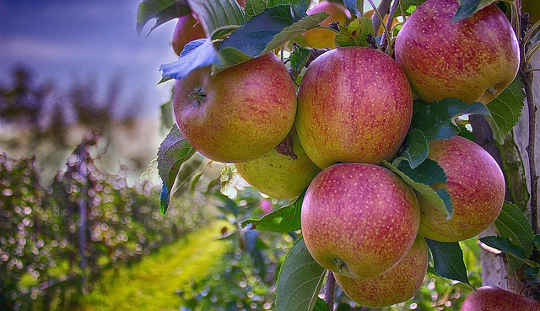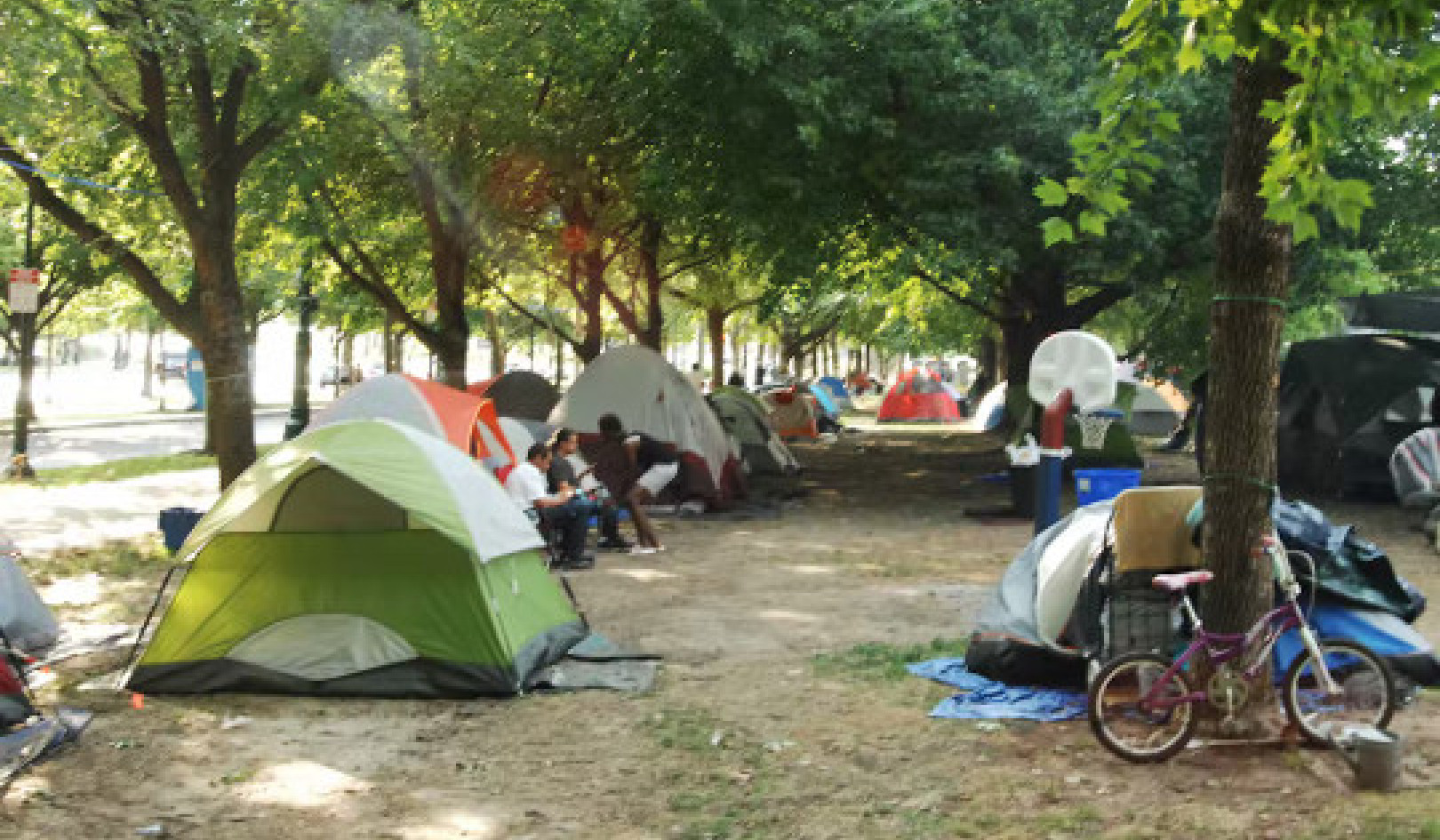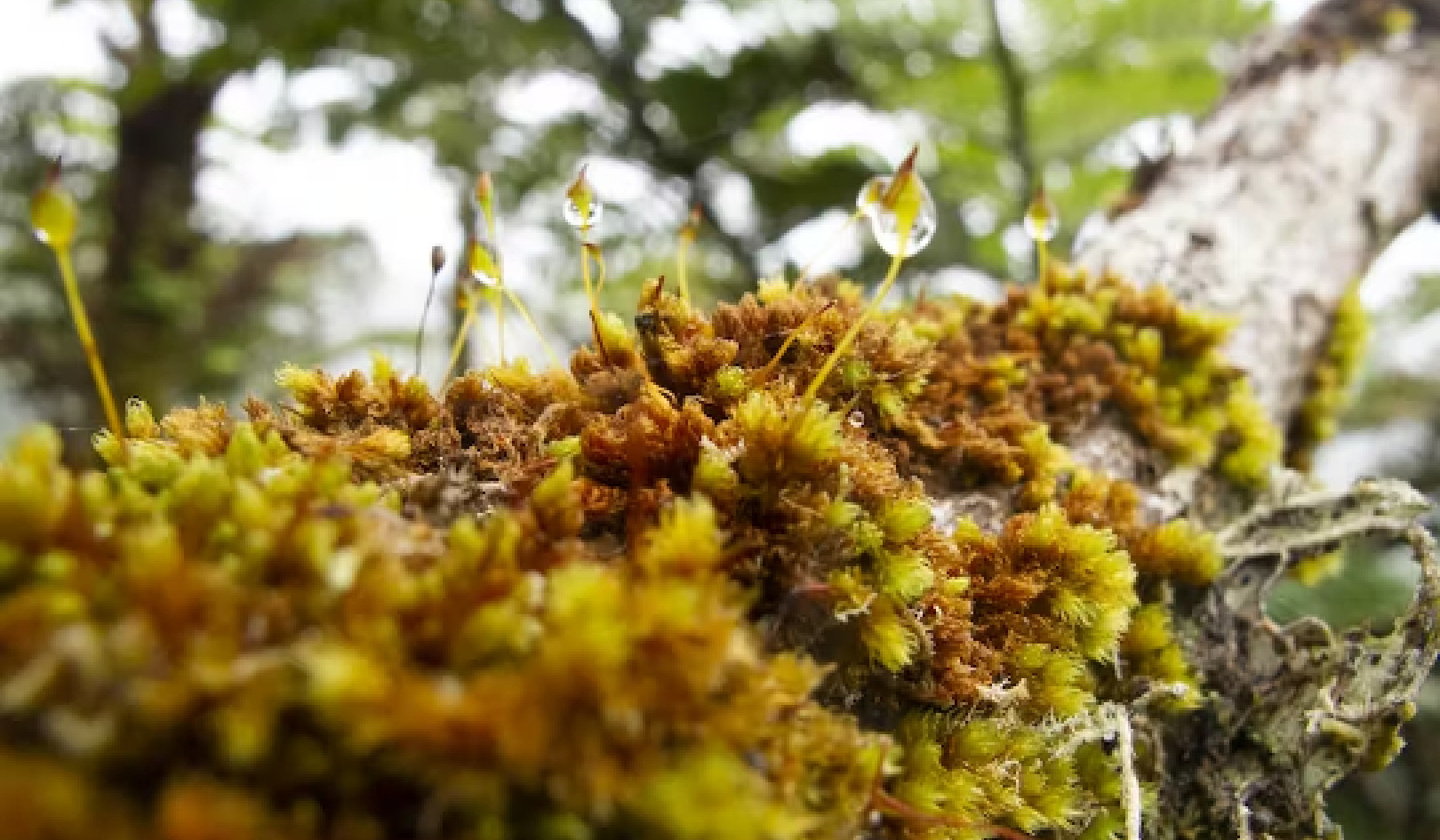
Scientific experts have developed a list of the top 10 policies needed to reverse the decline of pollinators crucial to the world’s food supply.
“If you enjoyed a bountiful Thanksgiving Day dinner, you should give thanks to pollinators,” says Berry Brosi, a biologist and ecologist in Emory University’s environmental sciences department.
The first policy recommendation on the list is the most concrete and actionable: Better pesticide regulatory standards.
Several of the recommendations related to sustainable agriculture more broadly include making chemical control for insects and other pests a last resort.
“Especially in light of the emergence of the Zika virus, and widespread public concern about mosquito-borne diseases, we are likely to see increased demands for pesticide use,” Brosi says. “Mosquito control is, of course, important, but we also need to be thoughtful about what kinds of pesticides we use and how we use them. We should carefully consider the impact on pollinators and other biodiversity.”
The Environmental Protection Agency is currently reviewing a class of insecticides commonly used in agriculture, neonicotinoids, which have been linked to wide-scale bee declines and impacts to other pollinator species by a range of scientific studies.
“Neonicotinoids are known to kill bees and other insect pollinators in very low doses, and to cause behavioral disruptions in even minute concentrations, measured in parts-per-billion,” Brosi says.
The EPA’s review of the safety of neonicotinoids is not due until 2017. The complete list of recommended policies for pollinators is as follows:
1. Raise pesticide regulatory standards
2. Promote integrated pest management
3. Include indirect and sublethal effects in GM crop risk assessments
4. Regulate movement of managed pollinators
5. Develop insurance schemes to help farmers
6. Recognize pollination as agricultural input in extension services
7. Support diversified farming systems
8. Conserve and restore “green infrastructure” (a network of habitats that pollinators can move between) in agricultural and urban landscapes
9. Develop long-term monitoring of pollinators and pollination
10. Fund participatory research on improving yields in organic, diversified and ecologically intensified farming
The policy recommendations follow a United Nations warning in February that pollinators are under threat. Brosi was among 77 international experts who worked on that report, the first global pollinator assessment for the UN’s Intergovernmental Panel for Biodiversity Ecosystem Services (IPBES).
The assessment found that more than 40 percent of invertebrate pollinator species, particularly bees and butterflies, face extinction. And 16 percent of vertebrate pollinators are under threat. The issue is critical to agricultural, economics, and the health of humans and ecosystems: 75 percent of the world’s food crops depend on pollination by at least one of 20,000 species of pollinators, including bees, butterflies, moths, wasps, beetles, birds, bats and other vertebrates.
Scientists will present the recommendations, published in the journal Science, at the United Nations Convention of the Parties on Biological Diversity (CoP13) held in Mexico from December 4 to 17.
Source: Emory University
Related Books:
at InnerSelf Market and Amazon




























